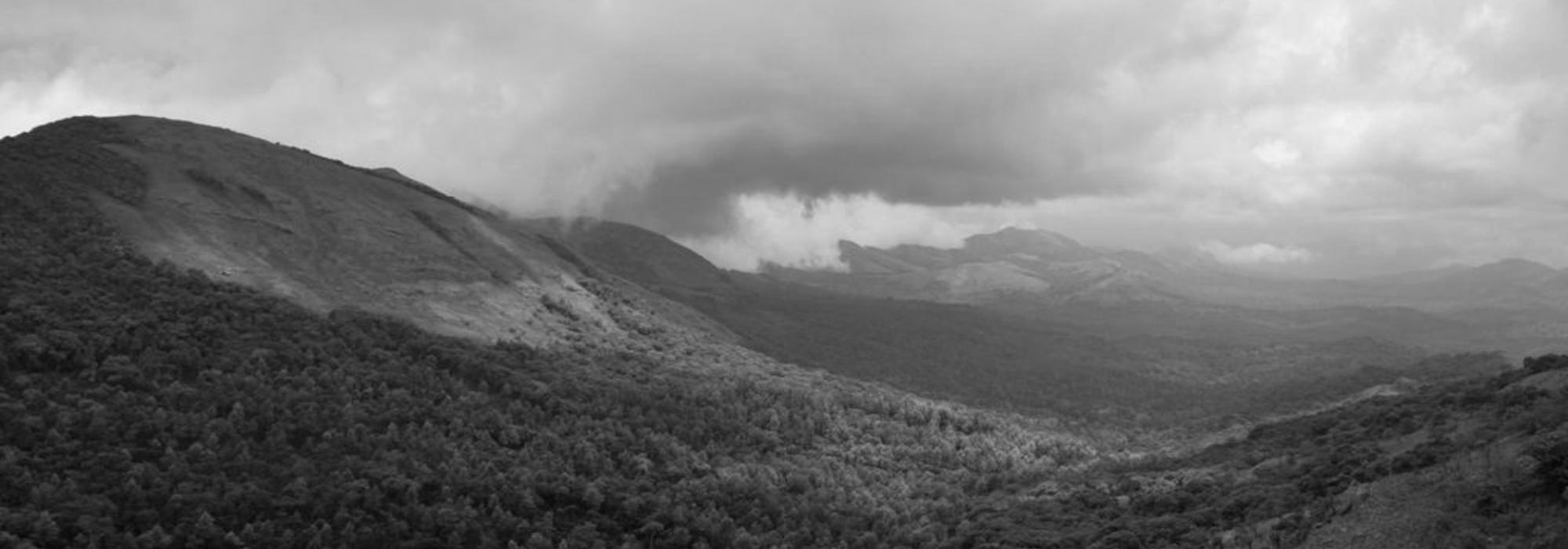Unmattaka is redirected to give the bowl to someone worthy. While this brings in the lofty principle of charity which says to give anything only to a worthy person, from the perspective of Unmattaka what would be worthiness? Unmattaka then immediately decides that Satyasoma is the one worthy, but also calls Satyasoma as mahābrāhmaṇa which idiomatically means a vile fallen brāhmaṇa! Satyasoma again seeing the bowl literally thinks that the epithet ‘kapālin’ has come back and he is indeed worthy of that. There is however one last twist when Unmattaka suddenly refuses to give the bowl saying it is made of gold. Begging bowl, a symbol of non-avarice and austerities, had by that time become a goldmine. The poet here perhaps hints at the profits that a recluse would make in those times.
The bowl (rather two bowls) variously has/have changed it/their color, size etc based on the perspective of the people. Unmattaka being called as ‘Unmattaka’ says he hears that word a lot but hasn’t seen anyone like that and asks Satyasoma to show him. This seems to be the prime source for the oft repeated joke where a madman would always disagree when he is referred to as mad.
In the end, after getting the bowl everyone parted on amicable terms. One would wonder what to make of arguments ridiculing one another and each others’ mata too. This suggests that nothing should be taken too seriously and it would be extremely beneficial for the society if after such a long quarrel, if people can still understand there was nothing personal. The blessing of pāśupata alluding to Kirāta and Arjuna is also an apt one. From the perspective of Kirāta i.e. Śiva, there is pure humour here, because he knows everything, the whole episode is a līlā, he is not attached to anything. His detachment is the product of wisdom, which he represents. However, from the perspective of Arjuna, it is a serious matter, in spite of his penance, he is still ignorant. His penance was only aimed at becoming victorious in war; it was not at securing enlightenment. Again for a prahasana such a good and apt blessing shows that just because it is a prahasana it need not be devoid of good poetry. Same can be said about the bharatavākya.
Conclusion
To conclude, Matta-vilāsa-prahasanam is one of the finest examples in the genre of prahasanas. Except for a few others like - Bhagavad-ajjukam, and Hasya-chudamani of Vatsaraja - it's a travesty to see that the later poets deviated from such a path resorting to cheap and vulgar tricks to infuse Hāsya in their prahasanas. The hope, which inspired this analysis is that such prahasanas find more appreciation and audience. In addition to that, some of the places where there are differences in this analysis from the previous ones, might also lead to further discussions and clarity in understanding and enjoying this work.
Postscript:
Regarding the reference to the yajñabhūmi which appears when describing the tavern, there is another verse from Kumāravyāsa Bhārata which was missed. For the sake of analysis and to drive home the point that such verses generally occur in serious situations and using such comparisons in a trivial manner evokes hāsya, it is added here.
The verse is question occurs during the attempt to burn the Pāṇḍava brothers along with their mother Kuntī in the house of lac, in Vāraṇāvata where they have been sent in the pretext of being the representative of the king Dhṛtarāṣṭra and attend the celebrations! Once they find their predicament, Yuddhiṣṭhira says the following,
ಸಮಿಧೆಗಳು ನಾವ್ ನಾಲ್ವರಯ್ಯನ
ರಮಣಿಯಾಹುತಿ ಭೀಮನೇ ಪಶು
ಕುಮತಿ ಕಟ್ಟಿಸಿದರಗಿನರಮನೆಯಗ್ನಿ ಕುಂಡವಿದು
ಎಮಗೆ ಸಂಶಯವಿಲ್ಲ ರಾಜೋ-
ತ್ತಮನೊ ದುರ್ಯೋಧನನೊ ದೀಕ್ಷಾ-
ಕ್ರಮವ ಧರಿಸಿದನಾವನೆಂದನು ನಗುತ ಯಮಸೂನು ||8.85||Karṇāṭa-bhārata-kathā-mañjari, Ādi-parva
“The four of us are the samits (logs of wood used as fuel), our mother Kuntī is the āhuti (offering), Bhīma is the paśu (the sacrificial animal), the house of lac built by the treacherous king is the agnikuṇḍa (fire-pit). One thing not clear though is whether the Yajamāna (who has taken the vow of yajña) is the king Dhṛtarāṣṭra himself or Duryodhana!”, said Yuddhiṣṭhira.
Again the reader can see how grim the situation is here. It is also pertinent to observe that the concept of yajña is such a motif which is firmly established in the minds of the people that poets time and again use it in their works.
With this the analysis can move on to the other prahasanas, of which we will see Bhagavadajjukam in subsequent parts.
References
- Dr. S. Ramaratnam, “Prahasana in Sanskrit Literature”, Kavyalaya publishers, Mysore, 1987.
- Dr. N P Unni, “Mattavilasa Prahasana of Mahendravikramavarman”, College Book House, Trivandrum, 1974.
- Michael Lockwood and A. Vishnu Bhat, “Two Farcical Plays by King Mahëndravikramavarman”, 3rd revision, 1994.















































